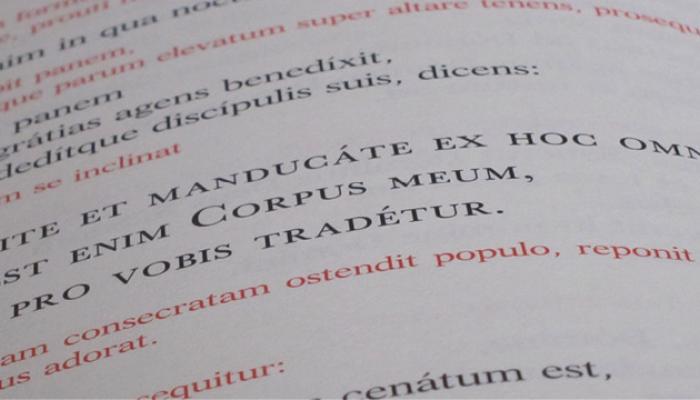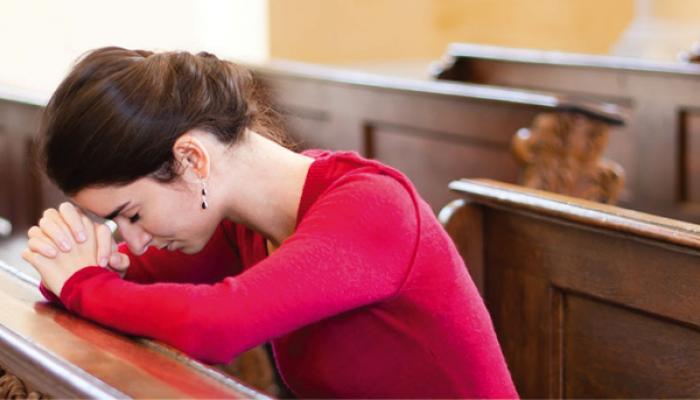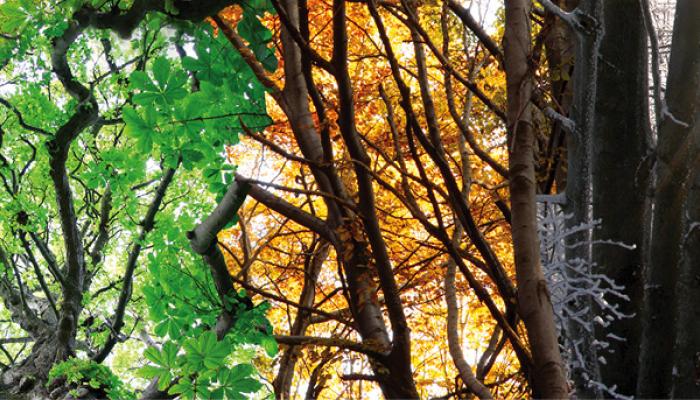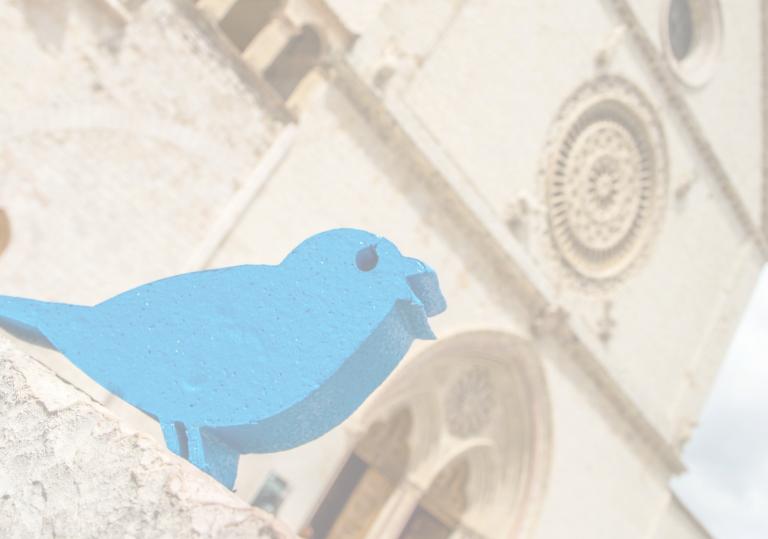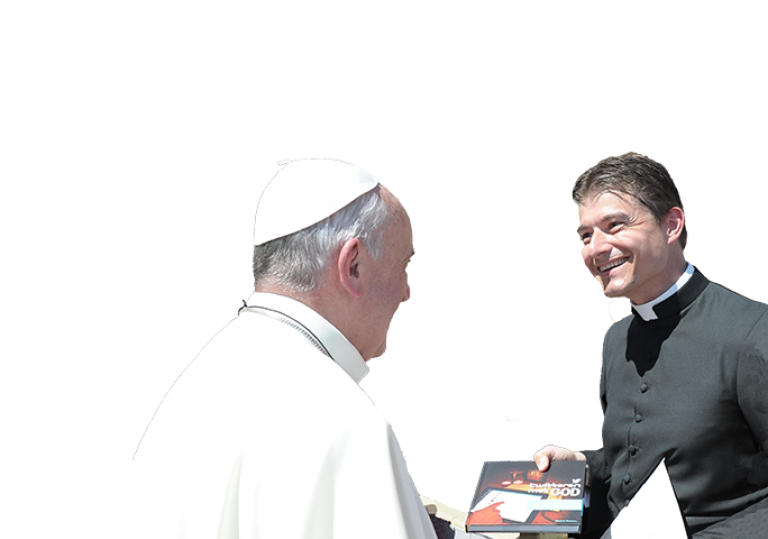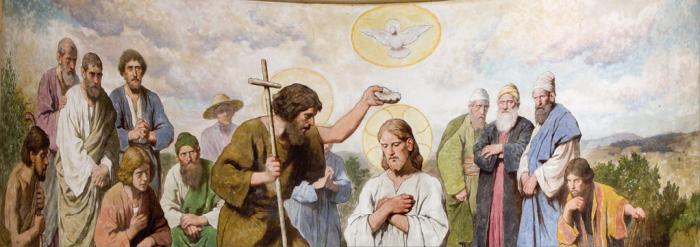
3.27 Che genere di feste ci sono nel corso dell’anno?
L’anno liturgico inizia con l’Avvento e il tempo di Natale. La Quaresima è un periodo di digiuno e preparazione per la festa importantissima che celebriamo a Pasqua, cioè la risurrezione di Gesù. Il tempo di Pasqua termina dopo l’Ascensione, a Pentecoste.
Nel Tempo ordinario (il resto dell’anno liturgico) siamo invitati a imparare a vivere sempre di più come figli di Dio, dopo aver celebrato le più grandi feste che hanno come centro Gesù. Ci sono anche feste che onorano Maria, i santi e gli angeli. L’ultima Domenica del’anno liturgico celebriamo la festa di Cristo Re. il regno di Dio non si basa tanto su leggi, quanto sull’amore.
What is the liturgical year (the Church year)?
The liturgical year, or the Church year, superimposes the mysteries of the life of Christ—from his Incarnation to his second coming in glory—on the normal course of the year. The liturgical year begins with Advent, the time of waiting for the Lord, and has its first high point in the Christmas season and its second, even greater climax in the celebration of the redemptive suffering, death, and Resurrection of Christ at Easter. The Easter season ends with the feast of Pentecost, the descent of the Holy Spirit on the Church. The liturgical year is repeatedly interrupted by feasts of the Lord, Mary and the saints, in which the Church praises God’s grace, which has led mankind to salvation. [Youcat 186]
After the Easter Season that ended last Sunday with Pentecost, the Liturgy has returned to "Ordinary Time". This does not mean, however, that Christians must be less any committed: indeed, having entered divine life through the sacraments, we are called daily to be open to the action of divine Grace, to progress in love of God and of neighbour. [Pope Benedict, Angelus, 30 May 2010]

